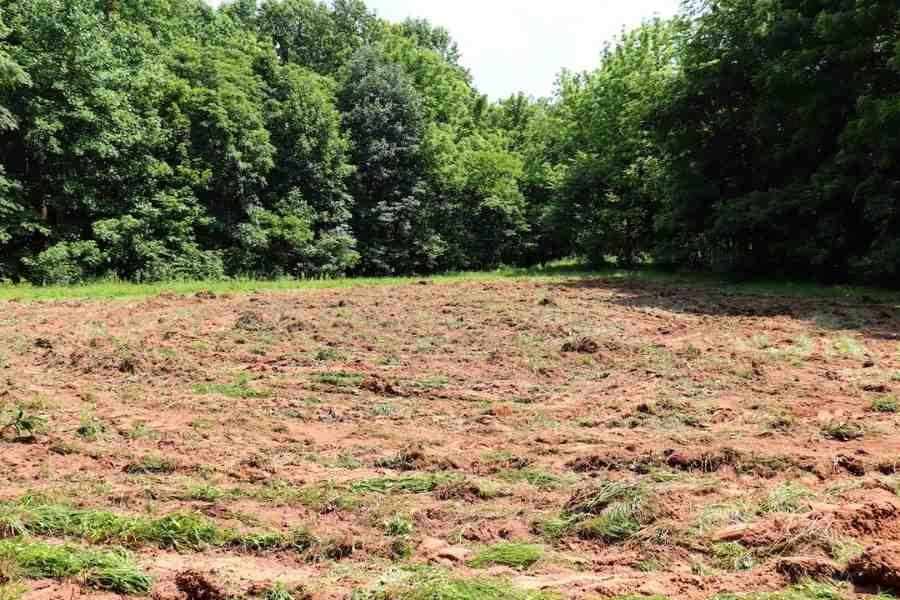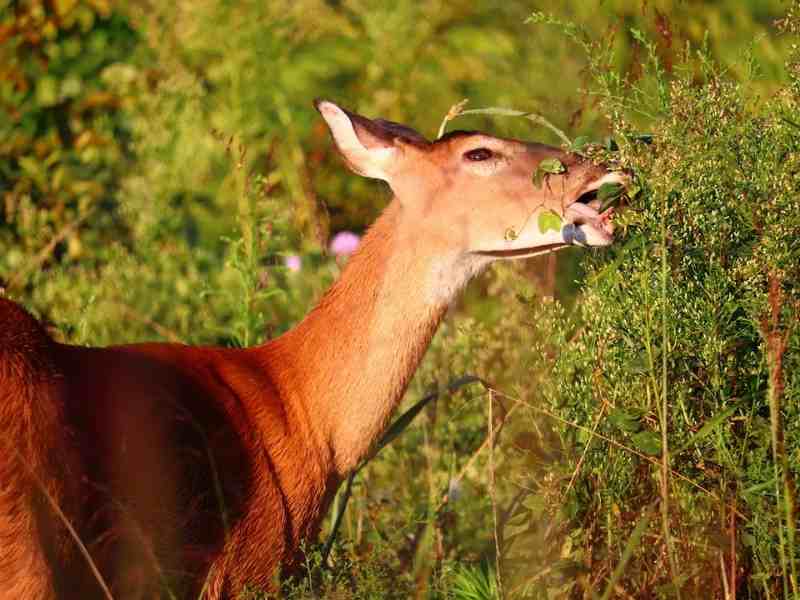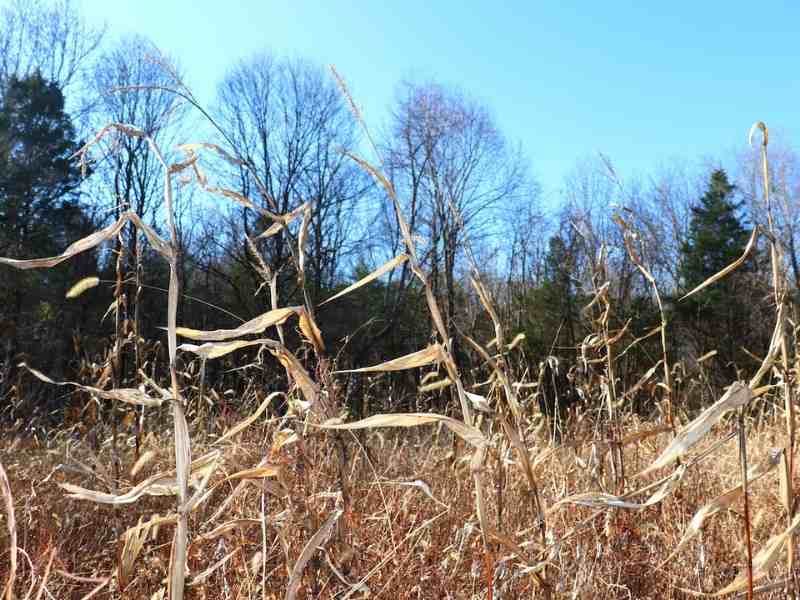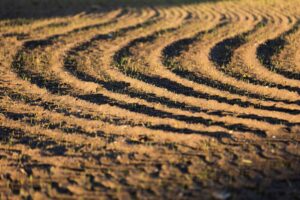Many hunters place a significant amount of effort into improving the habitat in and around the area they hunt. This is done for multiple reasons, including enhancing hunting conditions in anticipation of the fall ahead. Improvements of this nature are also made to strengthen the health of the local deer herd by improving fawn recruitment and increasing the area’s effective carrying capacity.
Contents (Jump to Topic)
ToggleFew, if any, property improvements offer such distinct advantages to herd health and the huntability of a given property as the implementation of a sound food plot program. A healthy, well-nourished food plot benefits overall herd health by further diversifying the browse present in an area while increasing attraction.
The Value Of Spring Planting
There are several advantages to planting food plots in the spring and early summer. One of the most prominent advantages relates to the wide variety of forages that can be planted during this time of the year. The spring and early summer months are perfect for planting forage-grade perennials and annual grains. This also means that a hunter can mix and match various species of forage by planting several smaller plots.
Planting in the spring also provides plenty of time for deer to familiarize themselves with your plot, making it a regular stop-off during their day-to-day travels. By the opening day of the archery season, the deer in a given area can often be patterned as they venture to and from such plots. Additionally, planting in the spring minimizes fall-time intrusion and the potential human pressure it can impose.
What To Plant In The Spring
As mentioned above, hunters are presented with many different options when planting food plots during the spring of the year. To determine what to plant, one must first consider which stands to provide the most benefits to their local deer herd. Doing so will present you with the most bang for your buck when attempting to hunt the archery season ahead.
Clover
Clover is one of the most palatable forage species, especially after the first frost of the year. Nonetheless, clover is also a favorite of deer during the summer months, wherever sufficient rainfall is available. Furthermore, most clovers are of perennial nature, meaning that they naturally return from one year to the next. Clovers are also naturally hearty, thriving in many soils under less than ideal circumstances.
Some of the most popular varieties of clover include arrowleaf clover, crimson clover, ladino clover, and red clover. For additional attraction, many hunters choose to plant a number of clover species in a single plot, thereby increasing yield and palatability under a wide variety of conditions and during virtually every season of the year.
Chicory
Chicory is yet another hearty forage species that is a favorite of property managers who regularly plant spring food plots. This species tends to provide relatively high yields and is especially successful in the face of drought-like conditions. For this reason, chicory is often substituted in place of clover, or even alfalfa, when planting spring food plots in dry or exceedingly hot environments.
In most cases, chicory is planted in the accompaniment of additional forages, such as cereal grains or other legumes. Since chicory is a perennial species, one can experiment with other cover-type species from one year to the next, thereby finding that which best compliments chicory’s natural characteristics in their specific area.
Alfalfa
Deer, like other ruminants, love alfalfa and will flock to this top-producing perennial under almost any set of circumstances. This forage species produces a substantial amount of high-protein forage in any given year, averaging 4-6 tons of yield in the most fertile soils. Alfalfa is also highly palatable, causing deer to seek out its presence over that of other forage species. Additionally, Alfalfa is known as one of the longest surviving of all perennials.
However, it is worth noting that alfalfa is not among the easiest forage species to maintain. One must pay special attention to weed competition when establishing their alfalfa plot, especially if not seeded at a relatively high application rate. As another word of caution, care should ensure that your soil is not overly acidic before planting.
Soybeans
During the summer months, few food plots can outperform those containing soybeans. While plots of this nature require steadfast soil preparation and keen attention to detail when planting, the results are typically well worth the effort put in. Under ideal circumstances, soybean plots can provide a significant yield of highly attractive bean pods rich in protein. In fact, there are few better plots to hunt over during the opening weeks of the season.
A certain amount of forethought is recommended when preparing to plant a food plot containing soybeans. Unlike clover, chicory, or alfalfa, soybeans are an annual species, meaning that they do not naturally return the following year. Once all of a plant’s bean pods are consumed, they are gone and will not regrow. Therefore, soybean plots are best planted in larger sizes.
Corn
Corn is yet another top performer during the summer months and an age-old favorite of deer everywhere. In fact, deer have been known to travel remarkable distances in a single evening to reach large agricultural fields containing a solid stand of corn. However, significant care should be taken when preparing to plant a food plot dominated by corn. The seedbed of such plots should be sprayed free of growth and thoroughly broken to reduce weed competition.
Like soybeans, corn is a perennial forage variety, meaning that it does not return from year to year without replanting. Additionally, deer are quite adept at picking a great deal of standing corn in short order. Corn plots of a small size seldom last long enough to be hunted over. For this reason, hunters are highly advised to plant corn in plots of larger than average size.
Conclusion
Different food plot blends will work better in different areas, so it is essential to do your research before planting. The five forages we have discussed are excellent for spring plots, but each has its own unique set of benefits and drawbacks. By understanding the specific needs of your area and choosing a blend that best suits those needs, you can create a highly successful food plot.









